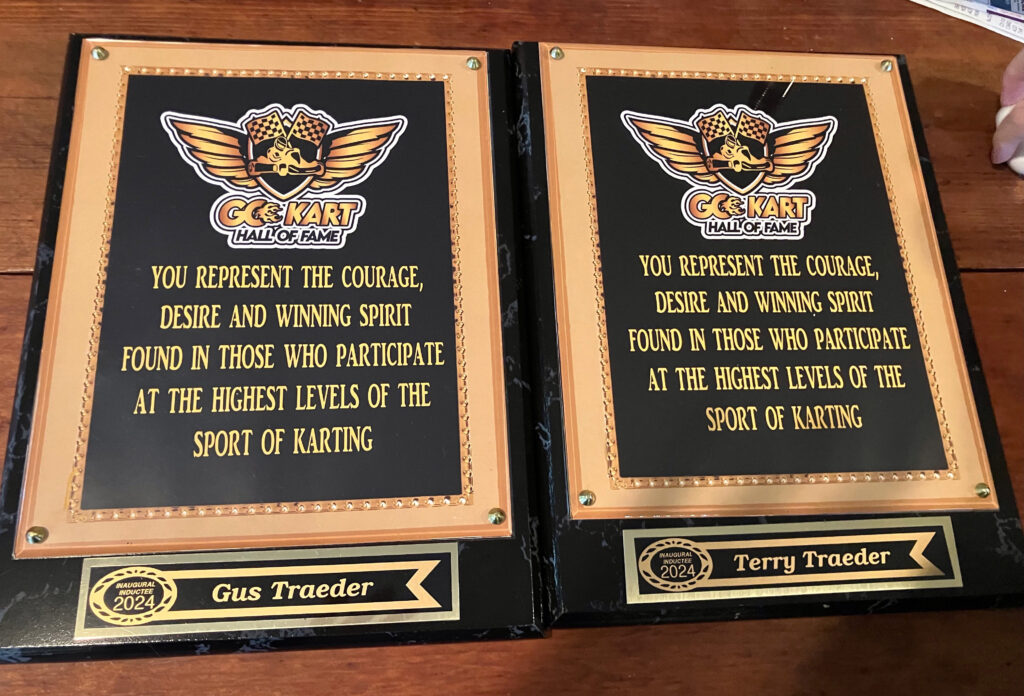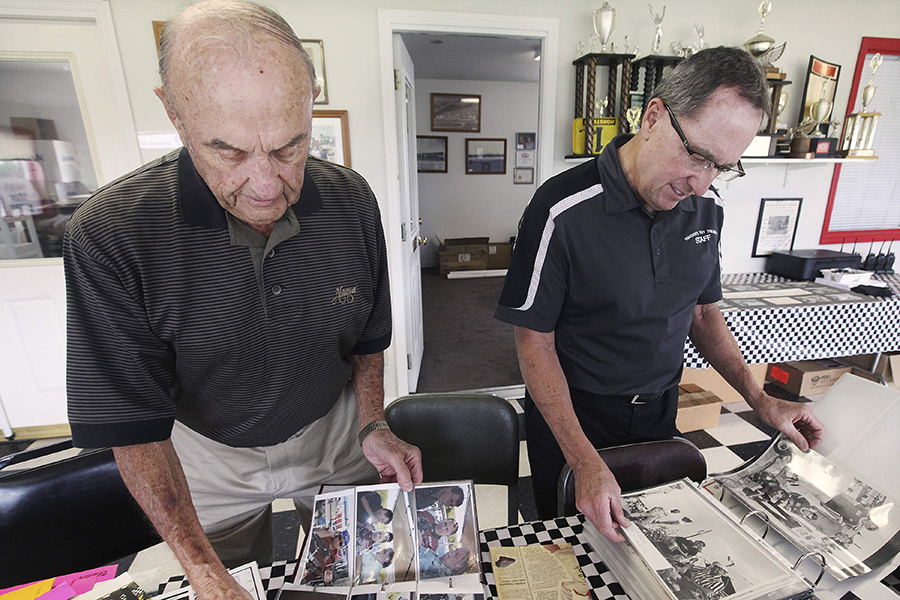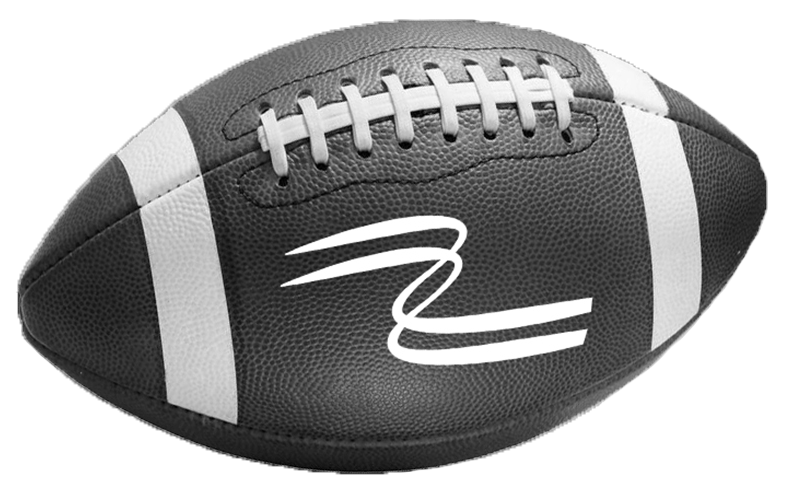Crim: Traeders’ induction into Hall of Fame is reminder how important they were to karting

QUINCY — Some of the legends of karting gathered at the DoubleTree By Hilton on Friday night in Bakersfield, Calif., for the induction ceremony of the inaugural class of the Go Kart Hall of Fame.
Forty-two people were enshrined, 16 posthumously. There were drivers, mechanics, promoters and manufacturers. All pre-dated 1993 and were selected for leaving indelible marks on karting, which got it start in 1956 in California before spreading eastward.
It was appropriate that Gus and Terry Traeder were among those recognized.
“I saw some of my old buddies,” Terry Traeder said. “It was really an honor to be considered in that group. It’s a relatively small sport, but for people to think you went to the top of the sport is a pretty cool thing.
“Gus would have loved it.”
Gus Traeder, who passed away at the age of 90 in 2016, was arguably the greatest promoter in karting history.
He ran the Grand Prix of Karting in Quincy’s South Park from 1970-2001, a 32-year stretch that put Quincy on the world karting map. The event attracted the biggest names from the Midwest and beyond, including Scott Pruett, Lynn Haddock, Ron Emmick, Vince Puleo, Mark Dismore and Mike Birdsell.
Dinsmore, Emmick, Pruett and Puleo were also part of the Hall of Fame class.
Gus and his wife Ferm built TNT Kartways in West Quincy, Mo., and the track hosted 18 national championships and more than a dozen vintage kart races.
In 1966, with legendary announcer Jim McKay on the call, ABC Wide World of Sports televised a national championship from there, introducing the sport to a national audience.

Gus later brought racing to the streets of downtown Quincy, with the Uptown Karting Classic, as well as running races elsewhere in Illinois and in other states.
“It was interesting during the ceremony how many drivers mentioned they won their first race in Quincy or their first national championship in Quincy,” Terry Traeder said. “Gus had a huge impact on the sport. People felt like they had done something when they went to Quincy and won.”
Driving his first kart at the age of 6 ½, Terry Traeder went on to become a world and national champion during a decorated career.
“I was fortunate my mom and dad had a go-kart track,” he said. “I don’t know how many laps I put in on that track, but it was a lot to get good at it.”
Terry Traeder raced competitively until his early 40s in 1994. He was a fixture on the Professional Karting Series circuit, winning races in Tennessee, New York, California, Oklahoma and elsewhere with the help of Gus and longtime mechanic and engine builder Stan Long.
“It was a super competitive deal with races all over the country. One class, one set of rules and you raced against the best,” he said. “It was an amazing time to run. It was the glory days of karting, really.
“I won a national championship race at TNT (in 1994) and I won a race in the park that year. What better way to go out than on top.”
Karting has been more than just racing, however.
“I met my wife of 47 years at a national karting race in Memphis, Tenn.,” he said. “Gus and I had a great relationship, father and son doing something together. Stan Long was my right-hand man. Dad and Stan taught me how to win, and how to work harder if I lost.
“The biggest thing is all the people I got to know throughout the United States. That’s the neat thing.”
The Grand Prix attracted a record 625 entries in 1994, but interest in karting began to lag in the late 1990s. By the time Gus Traeder announced the race was ending in 2001, the entry list had dwindled to 130.
Trade publications have credited the introduction of the Ignite karts, produced by Margay Racing in St. Louis, for resurrecting the sport. The Ignite karts leveled the playing field with their sealed engines and low cost, opening the sport to a wider base of participants and placing the emphasis more on skill than checkbook.
Terry Traeder brought back the Grand Prix of Karting in 2018 following a 17-year absence. The second edition was averaging more than 300 entries per year when he stepped aside after the 2022 event.
“It was my dad’s favorite and greatest promotion,” he told ekartingnews.com on reviving the event. “It was basically his legacy that I wanted to preserve.”
Jeff Scott, family and friends are attempting a third edition of the Grand Prix of Karting at South Park this June.
Gus Traeder was inducted into the World Karting Association Hall of Fame in 1986, and Terry followed in 2019. Both are also members of the Vintage Karting Association Hall of Fame.
Still, the latest recognition is special.
“It’s a new hall of fame geared to karting only and has all the right things to be a great one,” Terry Traeder said. “The people (inducted) are the legends of the sport since it started. Some of the people are no longer with us, but they were so important to the history of the sport.
“To be considered part of that group is pretty special.”
And, yes, Gus would have loved it.
Miss Clipping Out Stories to Save for Later?
Click the Purchase Story button below to order a print of this story. We will print it for you on matte photo paper to keep forever.



